In Japan, people celebrate the New Year by eating a dish called “Osechi”. Every year around October, department stores, supermarkets, convenience stores, and many other stores start accepting reservations for Osechi Ryori (Osechi cuisine). During this time, you will probably see “Osechi Ryori reservation posters” and “Osechi Ryori pamphlets” all over the city.
This article explains in detail what Japanese Osechi Ryori is.
Osechi Ryori has a very deep meaning. If you just eat it without knowing the meaning, the charm of Osechi Ryori will be halved. Please read this article and acquire knowledge about Osechi Ryori. You will surely be able to enjoy Osechi Ryori many times more.
And if you are celebrating the New Year in Japan, be sure to try Osechi Ryori.
What is Osechi Ryori?
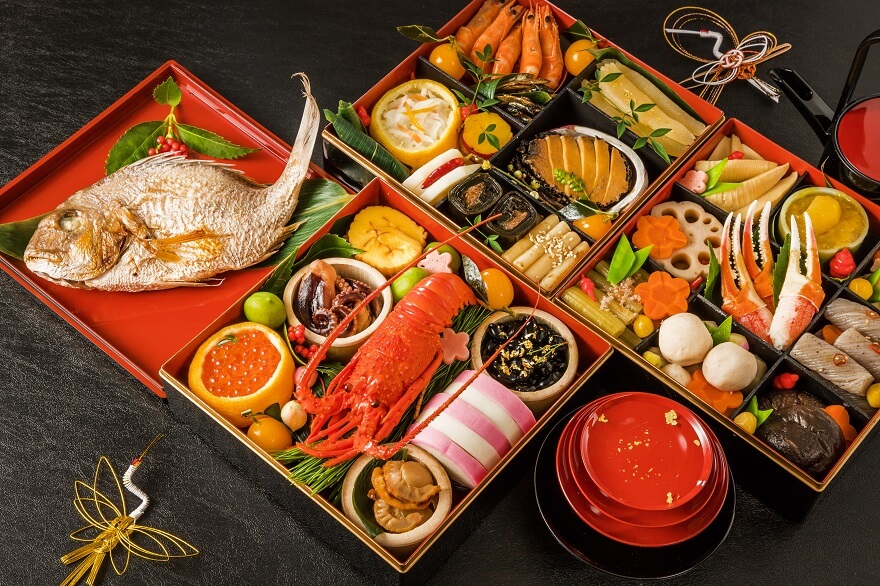
Osechi Ryori is a traditional dish eaten on New Year’s Day in Japan.Various dishes are laid out in a box called a Jubako, a multi-tiered and stackable box.
Osechi Ryori does not refer to one specific dish, but to a set of various dishes packed in a Jubako.
Inside the juubako, there is an abundance of Japanese-style dishes prepared with a variety of ingredients, including seafood such as fish and shrimp. With its luxurious ingredients and festive appearance, it is truly the perfect feast for celebrating the New Year.
Moreover, each dish and ingredient carries a symbolic meaning of good fortune, which is the most distinctive feature.
In traditional Japanese households (those with grandparents), some families make their own Osechi Ryori, but in many cases, it is common to buy them from a store.
If you buy them from a store, they are not cheap, but the luxurious ingredients and gorgeous appearance make it a highly satisfying choice.
Osechi Ryori is a dish that many families eat during New Year’s.
It is also an essential dish to serve to entertain guests during the New Year holidays.
Osechi Ryori is something that cannot be left out when talking about the Japanese New Year.
Diversification of Osechi Ryori
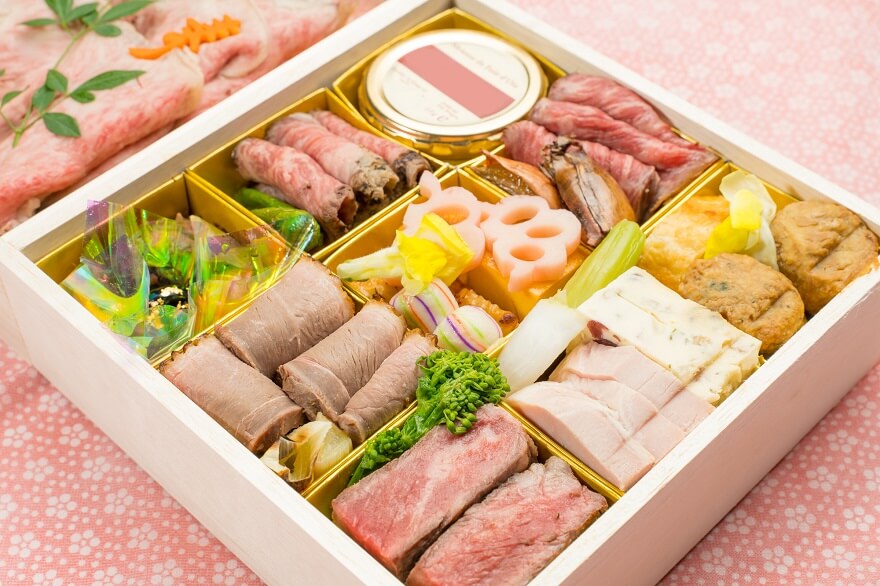
In recent years, there are many different types of Osechi Ryori, including not only traditional Japanese-style, but also Western-style, Chinese-style, and Japanese-Western fusion-style Osechi Ryori.There are also Osechi Ryori available in a variety of sizes to suit the number of people eating, including ones that can be enjoyed by one person and ones that can be enjoyed by the whole family.
Furthermore, luxurious Osechi Ryori sold by luxury hotels and restaurants are also popular.
You can now choose Osechi Ryori that best suits your tastes and lifestyle.
The meaning of Jubako box
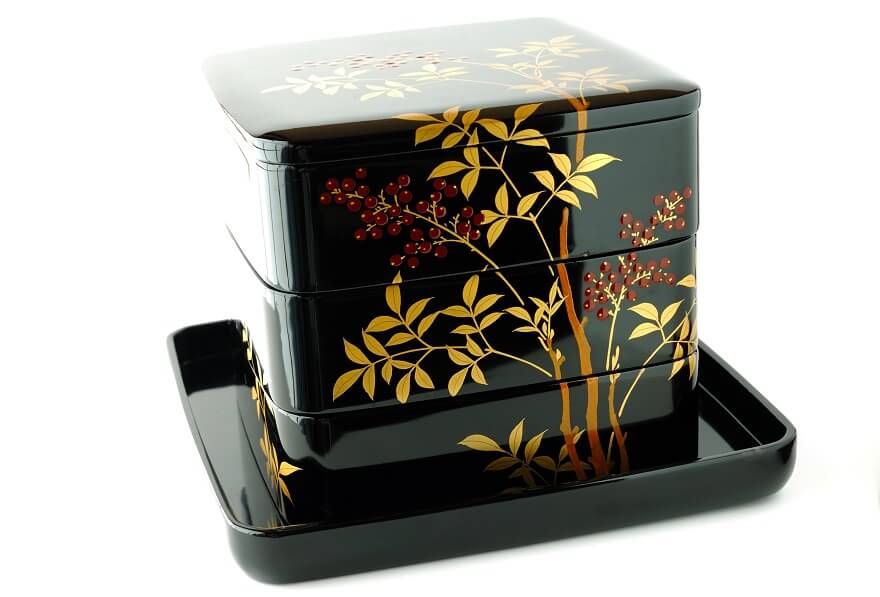
A Jubako is a box that packs Osechi Ryori. It is usually a shiny black box, giving it a very luxurious feel. When you open the lid of the black Jubako, the colorful Osechi Ryori that spread out before you are revealed to be very gorgeous and beautiful, and just looking at it makes you feel happy.
The Jubako consists of multiple stacked boxes, symbolizing the idea of “piling up happiness”.
The number of tiers varies depending on the household that prepares Osechi Ryori and the store that sells it, but the traditional configuration consists of four layers. There are also specific rules about which dishes should be placed in each layer.
(However, this can vary slightly depending on the region of Japan. Also, in modern Japan, three tiers Jubako has become more common. Furthermore, one- and two-tier Jubako are also popular as Osechi Ryori for one or two people.)
How to purchase Osechi Ryori
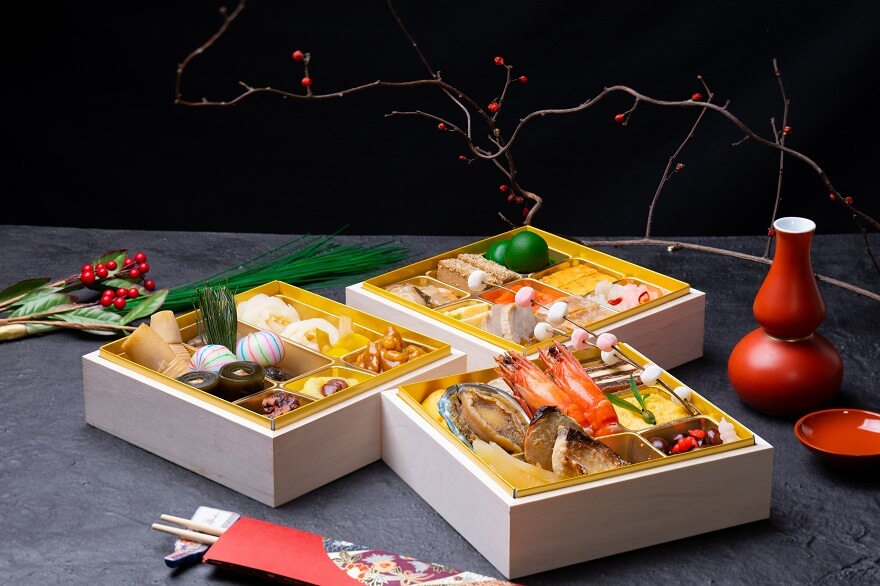
Osechi Ryori can be purchased from a variety of stores. However, it is important to note that pre-ordering is required no matter where you choose to buy it. Starting around mid-October each year, many stores begin accepting reservations for Osechi Ryori.
You can, of course, place orders at department stores, supermarkets, and convenience stores, but perhaps surprisingly, even post offices accept Osechi Ryori reservations. Naturally, online reservations are also available from a wide range of retailers.
From mid-October to late December, a fierce competition for Osechi Ryori reservations takes place across various stores in Japan.
In this article, we will introduce Belluna Gourmet, a website that accepts reservations for Osechi Ryori online.
You can search for the perfect Osechi Ryori based on the number of people eating and your budget, and you can also search by genre, such as Japanese, Western, or Chinese. You can also make reservations for Osechi Ryori supervised by hotels.
With over 100 types of Osechi Ryori listed, you’re sure to find one that suits your taste. This is a highly recommended site as it also offers excellent value for money.
14 standard dishes of Osechi Ryori
A variety of dishes are packed inside the Jubako. If you buy Osechi Ryori at store, the price will vary, but it usually contains around 15 to 40 dishes.
Here we will introduce the 14 standard dishes of Osechi Ryori that are packed in a Jubako.
If you are looking at a pamphlet about Osechi Ryori and are unsure which one to purchase, be sure to check out the contents of this chapter.
Kuromame
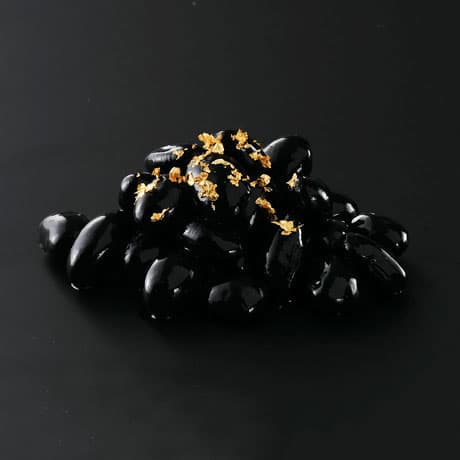
Sweetly simmered black beans, Kuromame, are a dish loved by children due to their sweetness. The word “mame” (bean) in “Kuromame” carries meanings such as vitality, strength, and health. Additionally, puns like “mame ni hataraku” (working diligently) and “mame ni kurasu” (live diligently) show that Japanese people value a diligent lifestyle.
Kuromame has long been an indispensable dish in Osechi Ryori.
Kazunoko
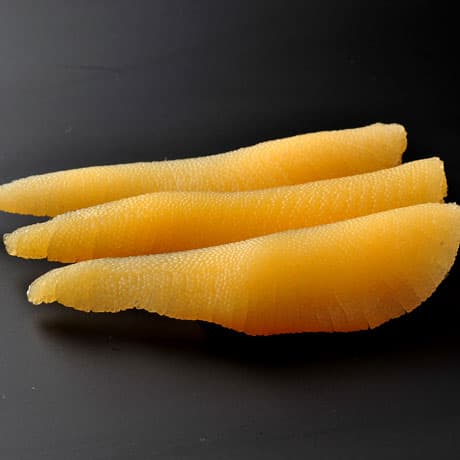
Kazunoko are the eggs of the herring fish.
As herring has a large number of eggs, it symbolizes being blessed with many children and a prosperous family.
There are two types: “dried herring roe”, which is thoroughly dried in the sun until it becomes hard, and “salted herring roe”, which is salted without being dried.
Tazukuri

This dish is made by drying small sardines and coating them in a sweet and spicy sauce made from soy sauce, mirin, sugar, etc.
In the past, sardines were used as fertilizer for agricultural crops.For this reason, Tazukuri came to be eaten as part of Osechi Ryori in hopes of a good harvest and bountiful grains.
In some parts of Japan, it is also called “Gomame”.
Tataki Gobo
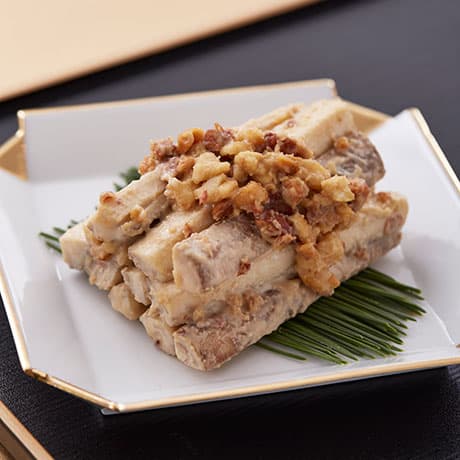
This is simmered burdock root. You can enjoy its refreshing sweetness and crunchy texture.
Burdock root is considered a symbol of “longevity” because it takes root in the ground and grows strong, and it is filled with the wish for a long and healthy life. In addition, as burdock firmly rooted in the soil, it is also filled with the wish for “May your family can establish stable and overcome challenges”.
Kamaboko
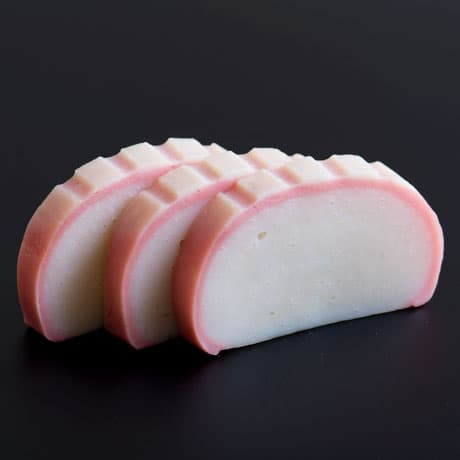
Kamaboko is a food made by grinding up white fish such as cod. If you live in Japan, you will probably have many opportunities to see it.
The pink part represents “auspiciousness” and “protection from evil”, while the white part represents “sacredness” and “purity”. The semicircular shape also has meaning, as it represents the first sunrise of the year.
Datemaki
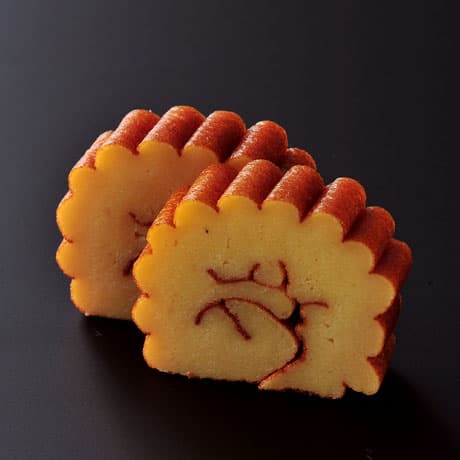
Datemaki is one of the Japanese egg dishes. It is made by adding beaten eggs and dashi stock to paste of white fish or shrimp, mixing well, seasoning with mirin and sugar, and baking it. It is a popular Osechi Ryori’s dish for children because it is sweet and easy to eat.
Its shape resembles a scroll (a book used in Japan long ago), and it is said to represent wishes for academic success.
Kuri Kinton
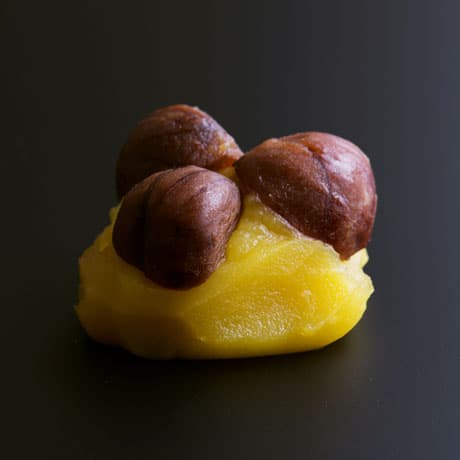
It is a sweet dish made by boiling and mashing sweet potatoes, and adding chestnuts and other ingredients. It is characterized by its very rich sweetness, and is a very popular dish among Osechi Ryori’s dishes.
Because its golden appearance is likened to a gold nuggets or gold coins, it has come to be a dish that represents a prayer for increased financial luck.
It is not only enjoyed during the New Year but is also commonly eaten as a traditional Japanese sweet at other times of the year.
Kohaku Namasu
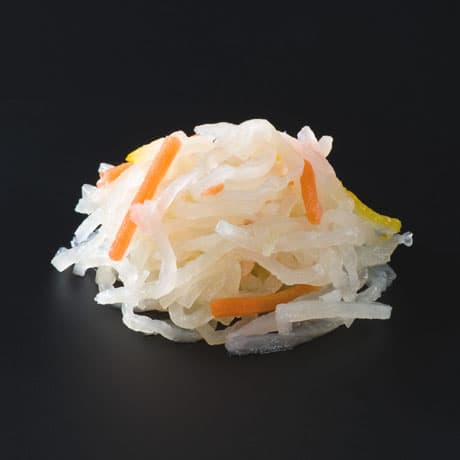
This dish is made with shredded carrots and radishes seasoned with vinegar and sugar. It has a refreshing and refined sweet and sour taste.
The combination of red and white, symbols of celebration, is imbued with wishes for peace and tranquility.
It is said that the reason the carrots and radishes are cut into thin strips is to resemble the red and white mizuhiki – decorative cords used on celebratory envelopes in Japan.
Tai no Sugatayaki
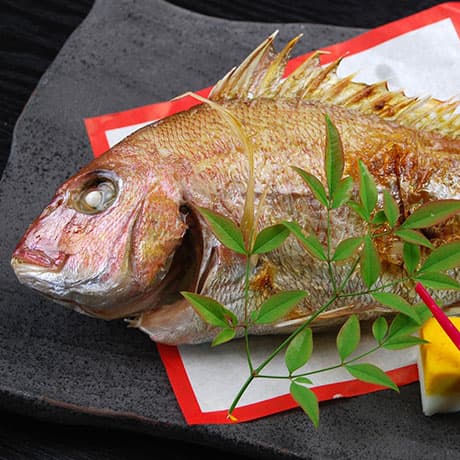
“Tai,” or sea bream, is considered a high-class fish in Japan.
Sea bream is an indispensable lucky dish at celebratory occasions, as its name sounds like the word “medetai,” which means “celebration.”
Sea bream is also considered very lucky, as it is the fish held by Ebisu (the god who brings good fortune), one of the Japan Seven Lucky Gods.
Sea bream is the main dish in Osechi Ryori.
Buri no Teriyaki
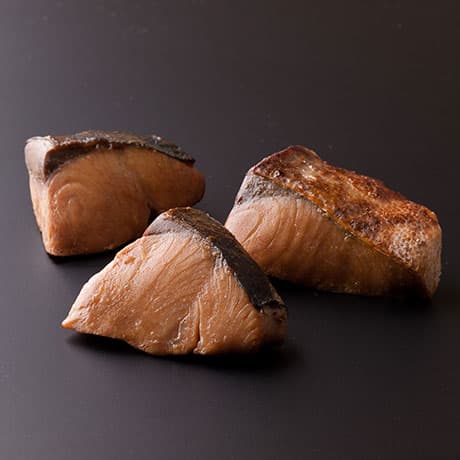
In Japanese, there is a word called “Shusseuo”. This is the word given to fish that change names as they grow larger.
As a certain fish grows, its name changes in the following order: Wakanago → Inada → Warasa → Buri (names used in the Kanto region of Japan).
Buri is the name for the largest fish, so in Japanese society it would be like a CEO. Therefore, the name carries the meaning of “wishing for success in life.”
Kurumaebi Tsuyani
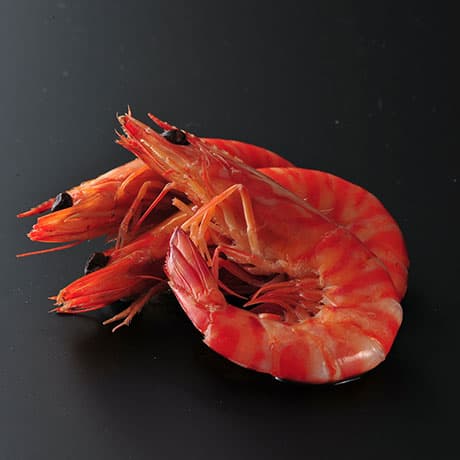
It is a dish made by simmering prawns in Japanese seasonings such as dashi, sake, mirin, soy sauce, and sugar. It is common to leave the head on.
The prawns’ long whiskers and curved waist can be seen as symbols of a long-lived person. For this reason, prawns are said to represent the wish for longevity. Other luxurious Osechi Ryori sometimes use high-quality prawns such as spiny lobster.
Ni Hamaguri
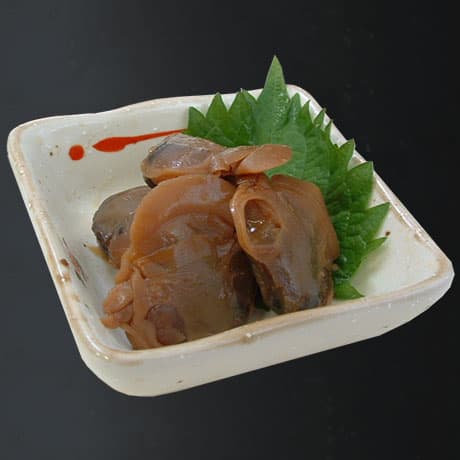
This dish is made by simmering clams in broth and Japanese seasonings (dashi, sake, mirin, soy sauce, sugar, etc.).
As there is only the matching halves of a particular clam fit together perfectly, it is said to represent a wish for marital harmony.
It is also popular as a snack to go with sake. Relaxing with your spouse over sake during the New Year is the ultimate indulgence, isn’t it?
Kobumaki
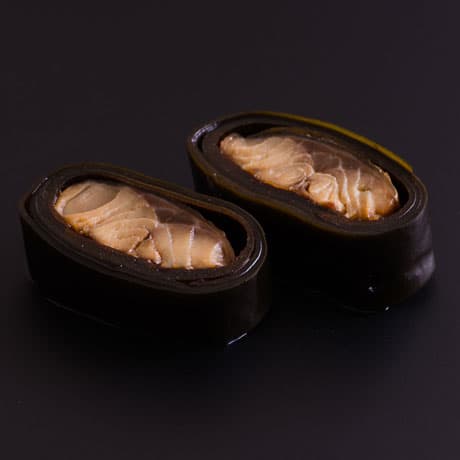
This dish is made by wrapping fish such as herring in kelp.
Kelp is called “kobu” (昆布) in Japanese, sounds similar to “yorokobu (よろこぶ, means “to be happy”) or “yorokobu” (養老昆布, means “longevity”), so in addition to celebratory meaning, kelp also carries with it a wish for eternal youth and longevity.
For this reason, kelp has long been used as a lucky dish in Osechi Ryori.
Furthermore, “kobu” can written as “子生” (childbirth) in Kanji, so kelp also symbolizes many offspring.
Chikuzen ni
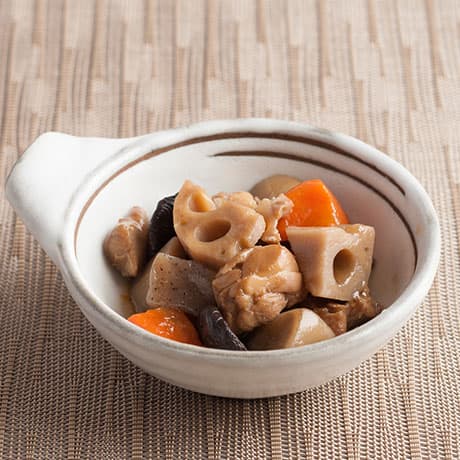
Ingredients such as chicken, carrots, lotus root, burdock, and konjac are stir-fried in oil and then seasoned with sugar and soy sauce, making it a sweet and spicy dish.
Each ingredient has a meaning; for example, lotus root has countless holes through which you can see through, which is said to bring good prospects for the future.
Summary
Osechi Ryori is a traditional dish eaten on New Year’s Day in Japan.
Various dishes are packed into a Jubako (tiered box), giving it a very luxurious and gorgeous appearance.
Each dish also has an auspicious meaning behind it. Knowing these meanings will make eating Osechi Ryori even more enjoyable.
For those of you spending New Year’s in Japan
We encourage you to celebrate the New Year by eating Japanese Osechi Ryori.


Comment